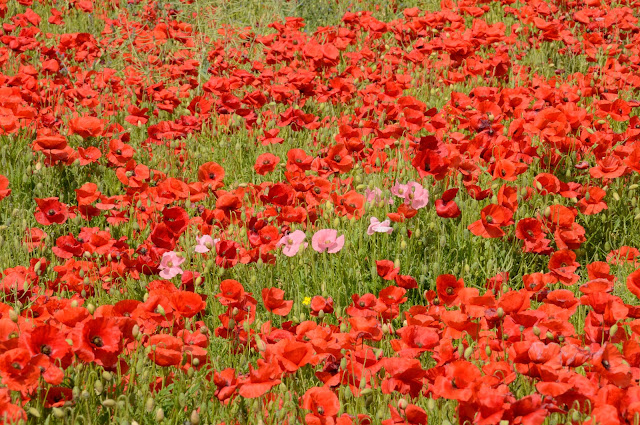Beauty in Nature - 21 days in July

Sometimes it is awe inspiring to consider the variety in nature that surrounds us, and which we often take for granted, or just plain `don't see`! The images that follow were all taken by me in a period of 21 days in July and could pass unnoticed if I had been in a rush. Unfortunately, for many people there is little alternative to the modern day hustle and bustle. I am one of the lucky ones, I know. Firstly, the star of the week for me ...... ....... the Fen Raft Spider. The Raft spider is a large, chunky spider that lives around the edge of ponds and ditches, and on wet heaths and bogs. Adults sit at the edge of the water, or on floating vegetation, with their front legs resting on the water's surface in order to feel for the vibrations of potential prey. Using the surface tension of the water, they chase out on to the water to catch their prey, which will even include tadpoles or small fish. Raft Spiders will also swim underwater, often diving beneath the surf...



